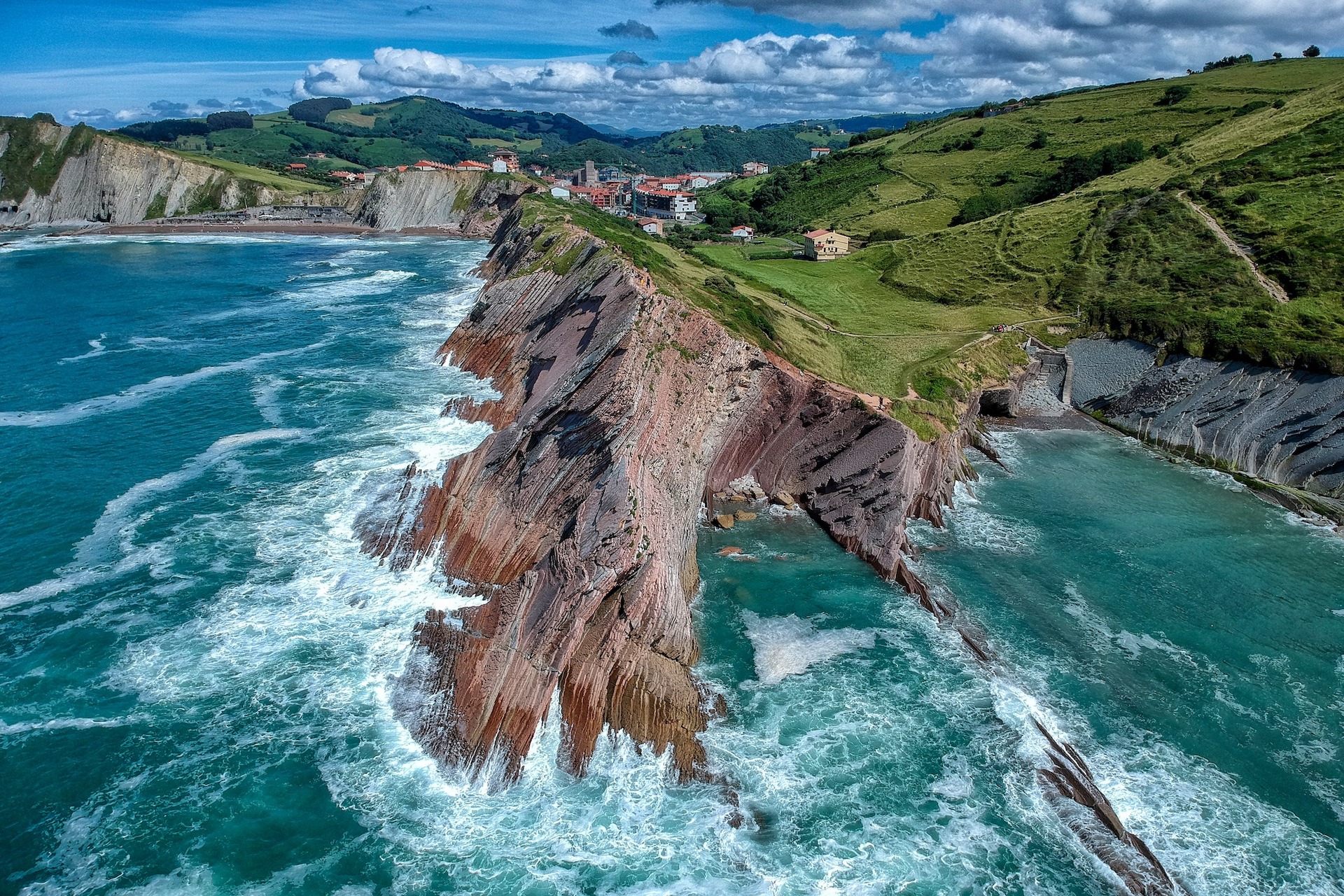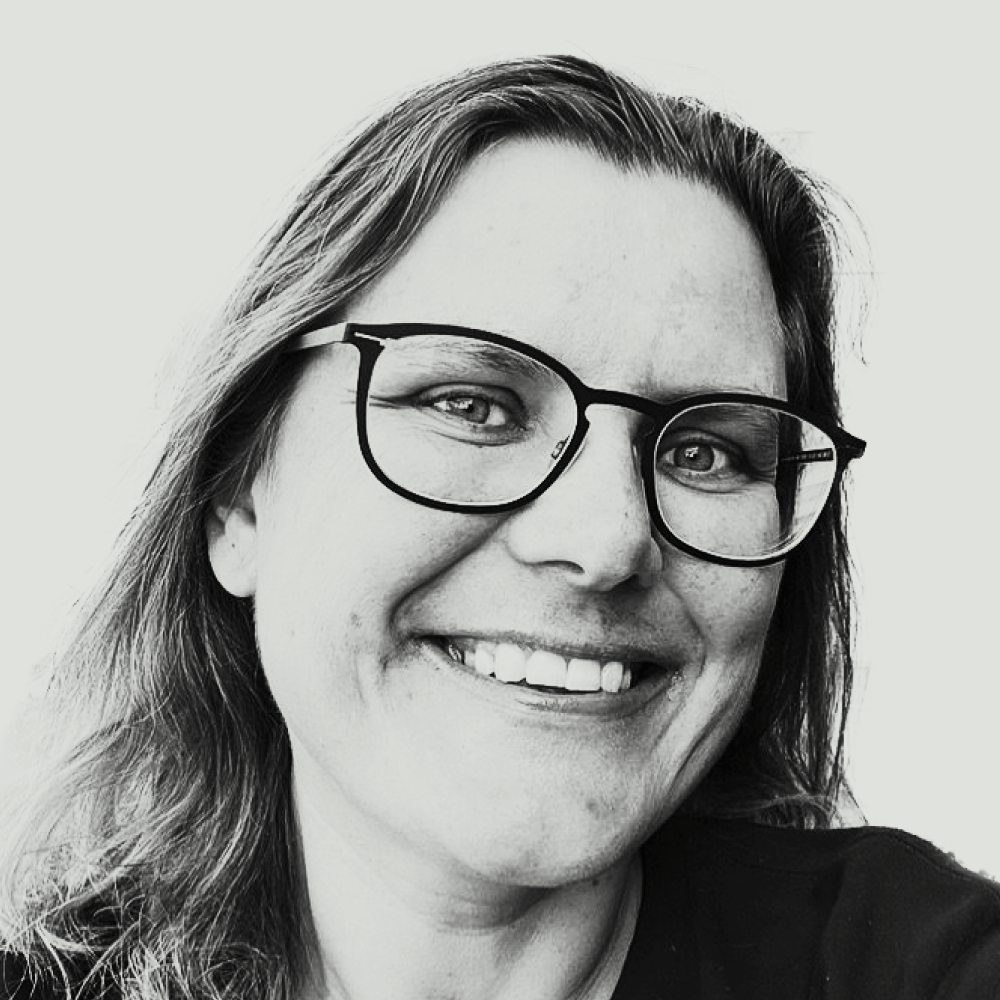For every stage of the 2023 Tour de France – men’s and women’s – José Been is bringing you stories about the history, castles, geology, culture, food, and people around the race. A bit of couleur locale while you enjoy lush fields of sunflowers, beautiful mountains, and pretty little villages, oh, and the bike race too.
This is our final stage in the Basque Country as we make our way to France later on stage 3. Today I won’t tell you about the recent history of the Basque Country dating back to the Stone Age. No, today we go way back courtesy of the GeoTDF project.
At 107 km from the finish line, we find Zumaia. It’s on the coast and it just cannot be missed. It will be shown on your television coverage, I guarantee it. This part of the northern coast of Spain is a designated UNESCO Geopark. These are areas of outstanding beauty but more importantly they have a very interesting geological past. Professors and students of geology travel from around the world to see the phenomena we see here.
Where the grassy land of Zumaia suddenly drops down to the coast, it reveals a cliff face that reminds us that geological beds are very much like a layer cake. If you look closely, you’ll see that the cliffs are made up of different types of rock. Some are hard and resist erosion while others are softer and more weathered. These rocks were formed over 66 million years ago at the bottom of a calm sea. This was a time when dinosaurs were still around. This is also one of the places in the world where you can clearly see that exact moment happen, geologically speaking. It’s called the KT boundary. Look it up, it’s fascinating.
Back to our layer cake at Zumaia. In these layers you find fossils of sea creatures like sea urchins which are similar to the living ones you might find on the rocky beaches nearby. A trained eye might also notice spiral-shaped burrows in the rocks which record the movements of long-gone creatures. They tunneled through the sea floor looking for food. This horizontal seabed was later tilted and turned vertical when Spain collided with Europe. More about that on stage 6 as we look at the Wilson Cycle.
Some of the most interesting creatures we find fossilised here are called inoceramids. They were huge clams, up to two meters in length, that tightly held on to the rocks. They could grow hundreds of years old but only when there was no sedimentation. In other words, the seas had to be calm otherwise they would be buried under the sand and die. When you are a huge clam, you are just not mobile.
This kind of information on sedimentation rate is important, because sedimentation rate is our geological time-keeper. The geological layers serve as our time machine into the Cretaceous era (which ended 66 million years ago). To interpret the layers correctly we need to know how fast the time machine has been ticking. That’s where our clams come into play. They tell us where sedimentation took place at the pace of a rusty city bike instead of a fast carbon race bike.
Let’s jump forward to 2023 as we make our way to Bayonne, in France. This city has hosted the Tour de France 32 times but this year is the first time since 2003 when Tyler Hamilton won the stage from Pau to Bayonne. Remarkably, many riders who later went on to win the Tour de France won right here. Iconic names such as Lucien Petit-Breton, Octave Lapize, Firmin Lambot, Ottavio Bottecchia, Nicolas Frantz and – the only one after WWII – Jacques Anquetil.
Bayonne is also the birthplace of Roger Lapébie who was born here in 1911. He was the winner of the 1937 Tour de France. Judging by today’s stage profile I very much doubt we will see the eventual Tour de France winner take the stage here, but crazier things have happened.
What did you think of this story?

